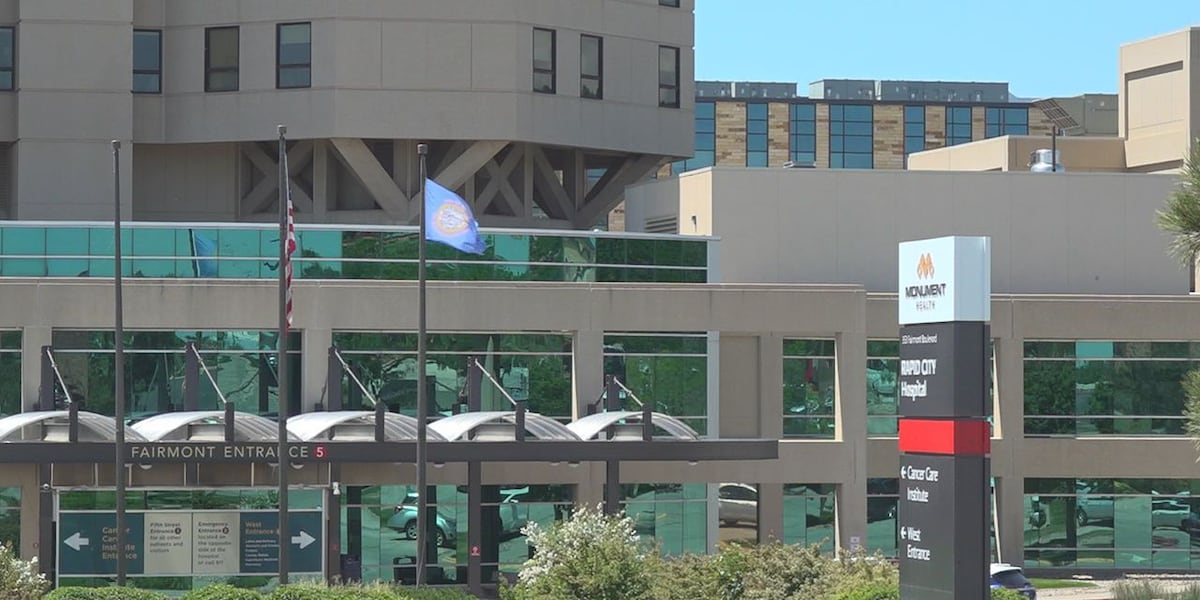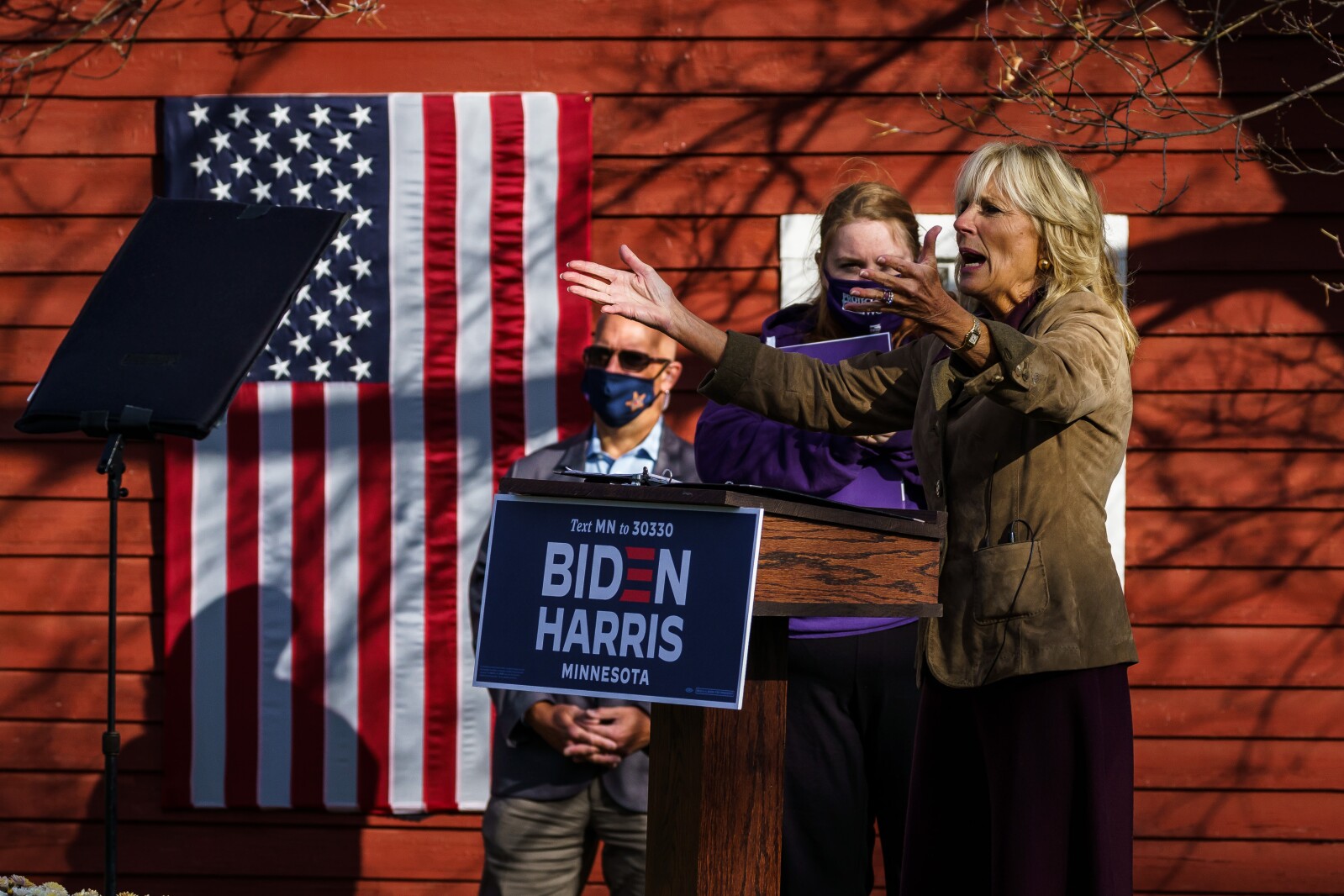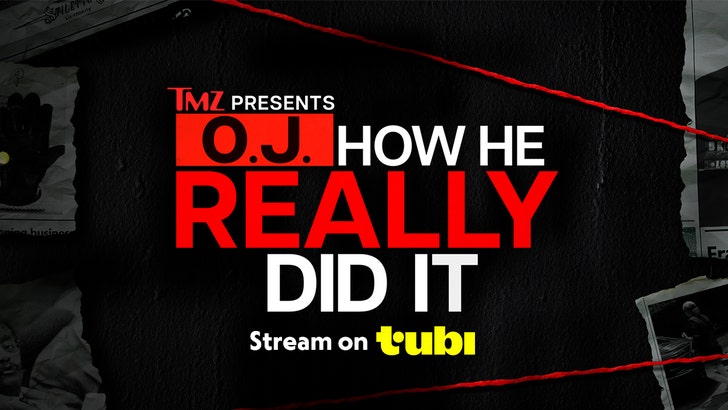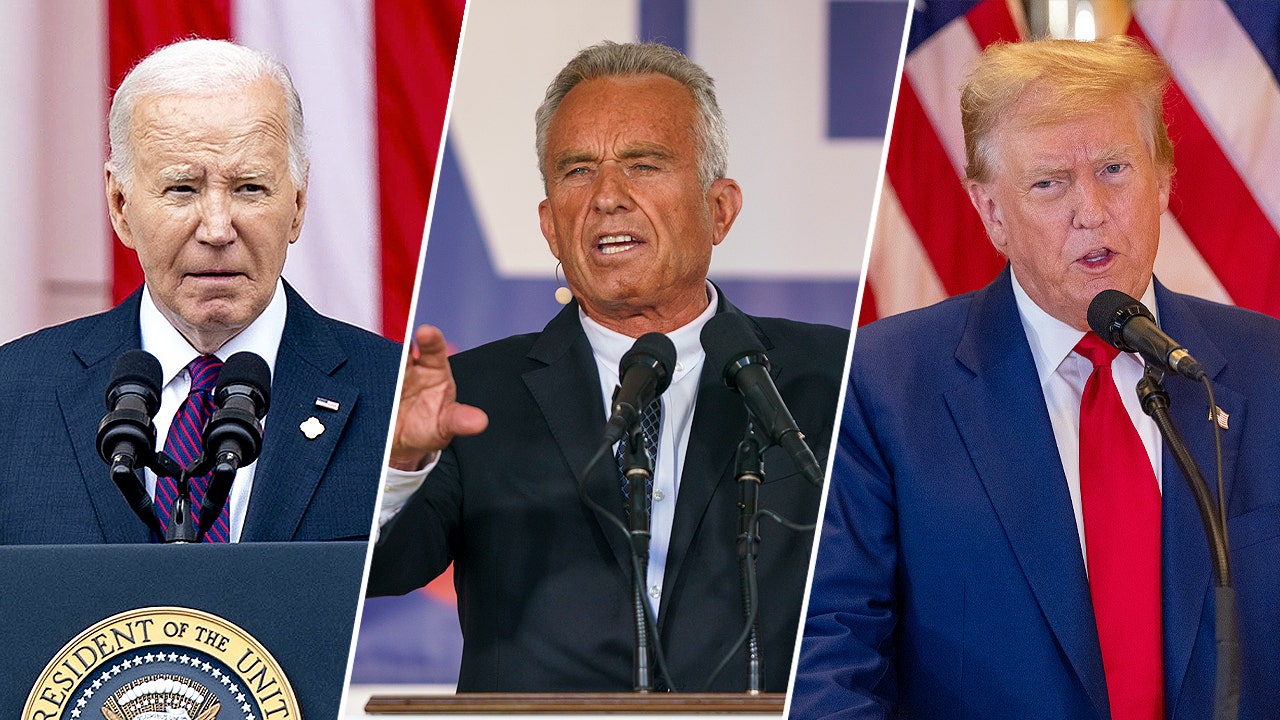Here in the rugged foothills of California’s Sierra Nevada, the streets aren’t littered with needles and dealers aren’t hustling drugs on the corner.
But meth is almost as easy to come by as a hazy IPA or locally grown weed.
Quinn Coburn knows the lifestyle well. He has used meth most of his adult life, and has done five stints in jail for dealing marijuana, methamphetamine, and heroin. Now 56, Coburn wants to get sober for good, and he says an experimental program through Medi-Cal, California’s Medicaid program, which covers low-income people, is helping.
As part of an innovative approach called “contingency management,” Coburn pees in a cup and gets paid for it — as long as the sample is clean of stimulants.
In the coming fiscal year, the state is expected to allocate $61 million to the experiment, which targets addiction to stimulants such as meth and cocaine. It is part of a broader Medi-Cal initiative called CalAIM, which provides social and behavioral health services, including addiction treatment, to some of the state’s sickest and most vulnerable patients.
Since April 2023, 19 counties have enrolled a total of about 2,700 patients, including Coburn, according to the state Department of Health Care Services.
“It’s that little something that’s holding me accountable,” said Coburn, a former construction worker who has tried repeatedly to kick his habit. He is also motivated to stay clean to fight criminal charges for possession of drugs and firearms, which he vociferously denies.
Coburn received $10 for each clean urine test he provided the first week of the program. Participants get a little more money in successive weeks: $11.50 per test in week two, $13 in week three, up to $26.50 per test.
They can earn as much as $599 a year. As of mid-May, Coburn had completed 20 weeks and made $521.50.
Participants receive at least six months of additional behavioral health treatment after the urine testing ends.
The state has poured significant money and effort into curbing opioid addiction and fentanyl trafficking, but the use of stimulants is also exploding in California. According to the state Department of Health Care Services, the rate of Californians dying from them doubled from 2019 to 2023.
Although the cutting-edge treatment can work for opioids and other drugs, California has prioritized stimulants. To qualify, patients must have moderate to severe stimulant use disorder, which includes symptoms such as strong cravings for the drug and prioritizing it over personal health and well-being.
Substance use experts say incentive programs that reward participants, even in a small way, can have a powerful effect with meth users in particular, and a growing body of evidence indicates they can lead to long-term abstinence.
“The way stimulants work on the brain is different than how opiates or alcohol works on the brain,” said John Duff, lead program director at Common Goals, an outpatient drug and alcohol counseling center in Grass Valley, where Coburn receives treatment.
“The reward system in the brain is more activated with amphetamine users, so getting $10 or $20 at a time is more enticing than sitting in group therapy,” Duff said.
Duff acknowledged he was skeptical of the multimillion-dollar price tag for an experimental program. “You’re talking about a lot of money,” he said. “It was a hard sell.”
What convinced him? “People are showing up, consistently. To get off stimulants, it’s proving to be very effective.”
California was the first state to cover this approach as a benefit in its Medicaid program, according to the Department of Health Care Services, though other states have since followed, including Montana.
Participants in Nevada County must show up twice a week to provide a urine sample, tapering to once a week for the second half of treatment. Every time the sample is free of stimulants, they get paid via a retail gift card — even if the sample is positive for other kinds of drugs, including opioids.
Though participants can collect the money after each clean test, many opt for a lump sum after completing the 24-week program, Duff said. They can choose gift cards from companies such as Walmart, Bath & Body Works, Petco, Subway, and Hotels.com.
Charlie Abernathybettis — Coburn’s substance use disorder counselor, who helps run the program for Nevada County — said not everyone consistently produces a clean urine test, and he has devised a system to stop people from rigging their results.
For example, he uses blue toilet cleaner to prevent patients from watering down their urine, and has dismantled a spigot on the bathroom faucet to keep them from using warm water for the same purpose.
If participants fail, there are no consequences. They simply don’t get paid that day, and can show up and try again.
“We aren’t going to change behavior by penalizing people for their addiction,” Abernathybettis said, noting the ultimate goal is to transition participants into long-term treatment. “Hopefully you feel comfortable here and I can convince you to sign up for outpatient treatment.”
Abernathybettis has employed a tough love approach to addiction therapy that has helped keep Coburn sober and accountable since he started in January. “It’s different this time,” Coburn said as he lit a cigarette on a sunny afternoon in April. “I have support now. I know my life is on the line.”
Growing up in the Bay Area, Coburn never quite felt like he fit in. He was adopted at an early age and dropped out of high school. His erratic home life set him on a course of hard drug use and crime, including manufacturing and selling drugs, he said.
“When I first did crank, it made me feel like I was human for the first time. All my phobias about being antisocial left me,” Coburn said, using a street name for meth.
Coburn escaped to the solitude of the mountains, trees, and rivers that define the rural landscape in Grass Valley, but the area was also rife with drugs.
Construction accidents in 2012 left him in excruciating pain — and unable to work.
Coburn fell deeper into the drug scene, as both a user and a manufacturer. “You wouldn’t believe the market up here for it — more than you can even imagine,” he said. “It’s not an excuse, but I had no way to make a living.”
Financially strapped, he rented a cheap, converted garage from another local drug dealer, he said. Law enforcement officers raided the house in October, and authorities found a gun and large amounts of fentanyl and heroin. Coburn, who faces up to 30 years in prison, vigorously defends himself, saying the drugs and weapons were not his. “All the other ones I did. Not this one,” he said.
Coburn is also in an outpatient addiction program and is active in Alcoholics Anonymous, sometimes attending multiple meetings a day.
Every week, the small payments from the Medi-Cal experiment feel like small wins, he said.
He is planning to take his $599 as a lump sum and give it to his foster parents, with whom he is living as he fights his criminal charges.
“It’s the least I can do for them letting me stay with them and get better,” Coburn said, choking back tears. “I’m not giving up.”
This article is part of “Faces of Medi-Cal,” a California Healthline series exploring the impact of the state’s safety-net health program on enrollees.
This article was produced by KFF Health News, which publishes California Healthline, an editorially independent service of the California Health Care Foundation.
|
This article was reprinted from khn.org, a national newsroom that produces in-depth journalism about health issues and is one of the core operating programs at KFF – the independent source for health policy research, polling, and journalism. |


































